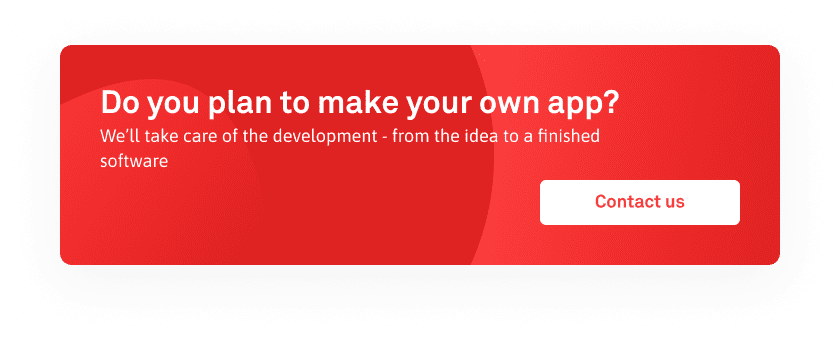Most people won’t think anything of it, but there’s a clear difference between a website and a web application. A large reason for this is due to the large amount of similarities between the two.
At the end of the day, the main difference will be the function of the end product. We’ll go into much more depth below, but here’s a general rule of thumb when distinguishing a website from a web application:
- Websites store and display information for the user.
- Web applications introduce the user to further interactivity and engagement.
Differentiating between a website and web application isn’t always easy. In fact, many websites today will utilize web applications to form a hybrid. Due to this, the pure definition of the two terms has been a bit misconstrued.
Let’s take it back to the basics and dissect these two terms to their original meanings, that way we can understand the true difference between a website and web application.
Websites Hold Information
This is a rather broad statement, but websites hold information and display it to the user. With a true website, there will be very limited interactivity involved. When you think of a website at its core, it’s best to think about some of the most simple concepts out there.
The most common features of a website will be hours of operation, contact information, a blog where they post articles, an about page, and other information about your company or project. A true website is dull and will only have one main goal: communicate information from point A to point B.
What are some examples of websites?
To help you better understand what differentiates a website from a web application, we’ll use similar examples of both.
Let’s say you own a restaurant and you want to build a website. Aside from the information listed above (contact info, hours of operation, etc.), you’ll likely want to put a menu of what food you offer. If we’re talking about a true website, the menu will likely be a PDF version or text version directly on the page. It might also include images and prices.
For the second example, imagine you’re a mechanic with a local shop. To show off your brand, you’ll likely include images of past work, a little about info, where you can be located, how customers can contact you, and a list of services you have to offer. Again, strictly limited to information and if someone wants to contact you they’d have to call you or email you.
Web Applications Introduce Interactivity
Turning our focus over to web applications, they will introduce a level of interactivity that won’t be found in a traditional website. When you think of web applications, you likely think of social media sites, ecommerce sites, food delivery and online ordering services, email programs, and much more.
Web applications are thought of as the modern version of a website. As people continue to use their phones and other mobile devices more frequently than their laptops and computers, web applications continue to gain popularity and see an increase in demand.
What are some examples of web applications?
As we mentioned earlier, we’ll use the same two examples from above and show you how you can easily turn a traditional website into a web application. Remember, the difference will lie in the function and interactivity.
First, we have the restaurant example. Where before you were displaying a basic menu with text and images, a web application will take it a step further. It might introduce a way to order the food online, pay for it using a credit card, and describe any special instructions when making the meal. This will allow the user to interact with the application much like they would in person.
The second example is the local mechanic. With a web application, you’ll be able to provide much more than just information. You can allow customers to make a reservation, view your schedule and have it automatically update when someone reserves a specific time, and even have something similar to the online ordering feature from above that allows the customer to upload their own pictures.
Website vs. Web Application: Which is right for you?
When trying to decide whether a website or web application is best for you, there will be several different factors affecting your decision. Knowing these factors ahead of time can put your project in the best position for success.
Let’s take a look at what you should consider before moving forward with your project:
- Budget – since websites are going to be much more basic, they typically won’t cost as much. If you’re on a tight budget, websites will be the way to go. Keep in mind, you can always make updates and convert your website to a web application at any time.
- Time to Market – websites that strictly display information are easy to create and won’t take up as much time. In fact, most people can build their own website with ease by utilizing a website builder tool.
- Function – of course, one of the most important factors will be function. Much like we’ve described above, web applications are going to be a better choice if you want to provide more than just information to your customers.
Both a website and a web application can bring plenty of benefits to your company, project, or vision. In a digital world, it definitely beats having to give out business cards in order to keep in contact with each other.
If you need help deciding between a web application and a website, don’t hesitate to contact us today. We’ll go through the scope of your project and can make an informed decision together.
—
Photo by Stokkete on Shutterstock



